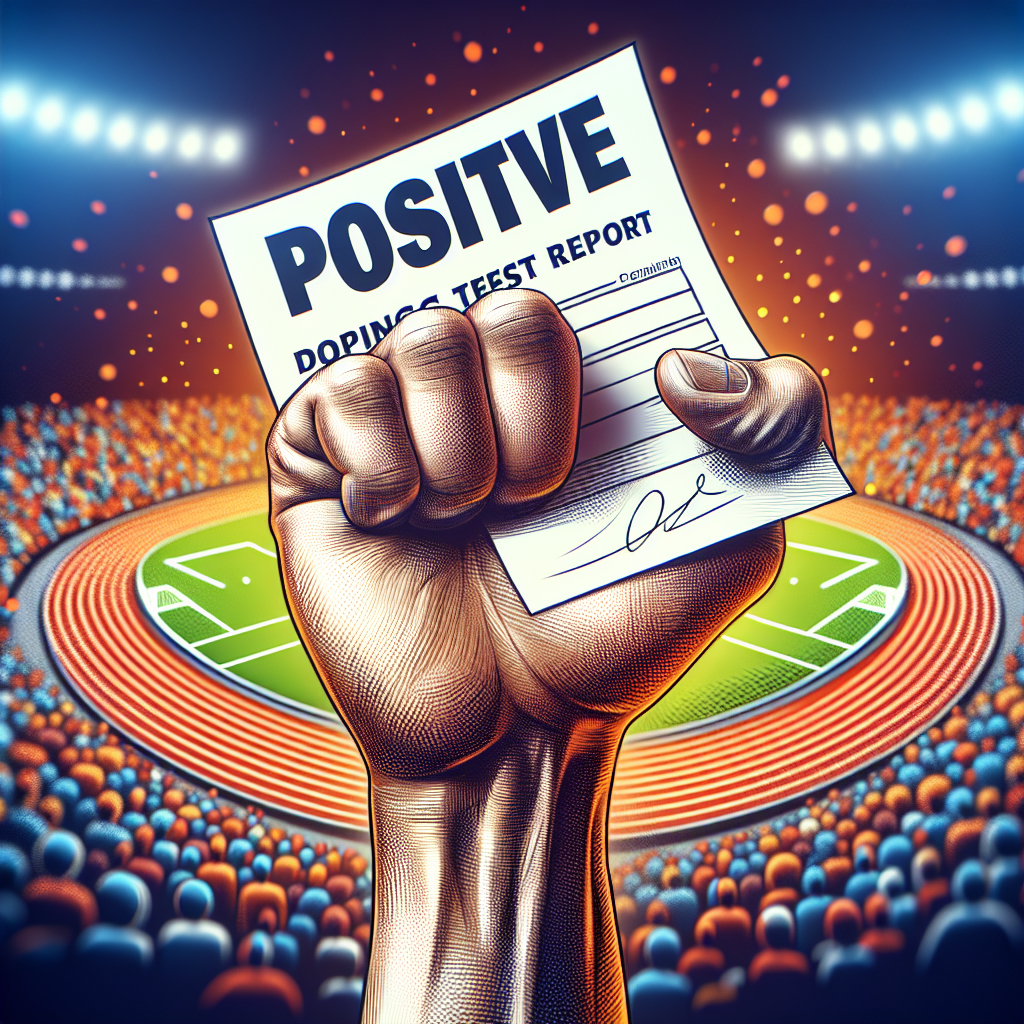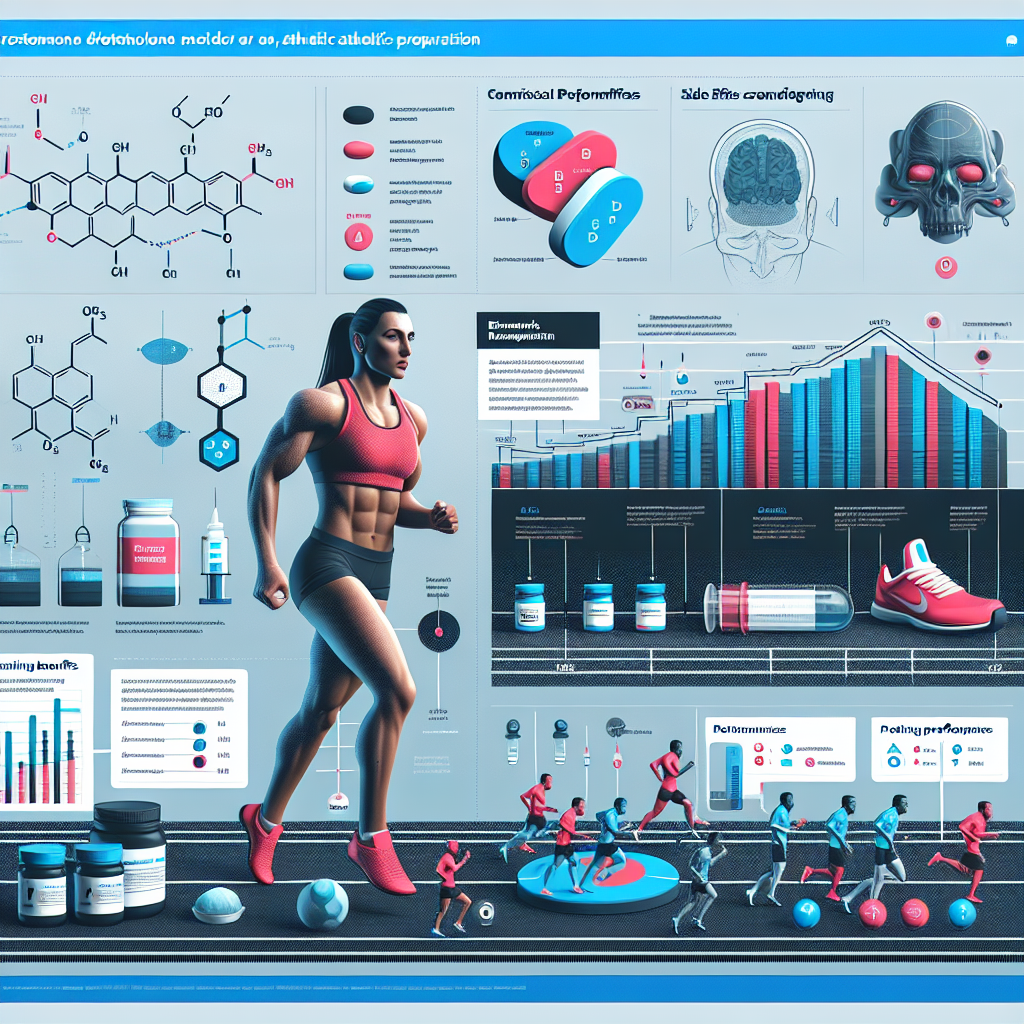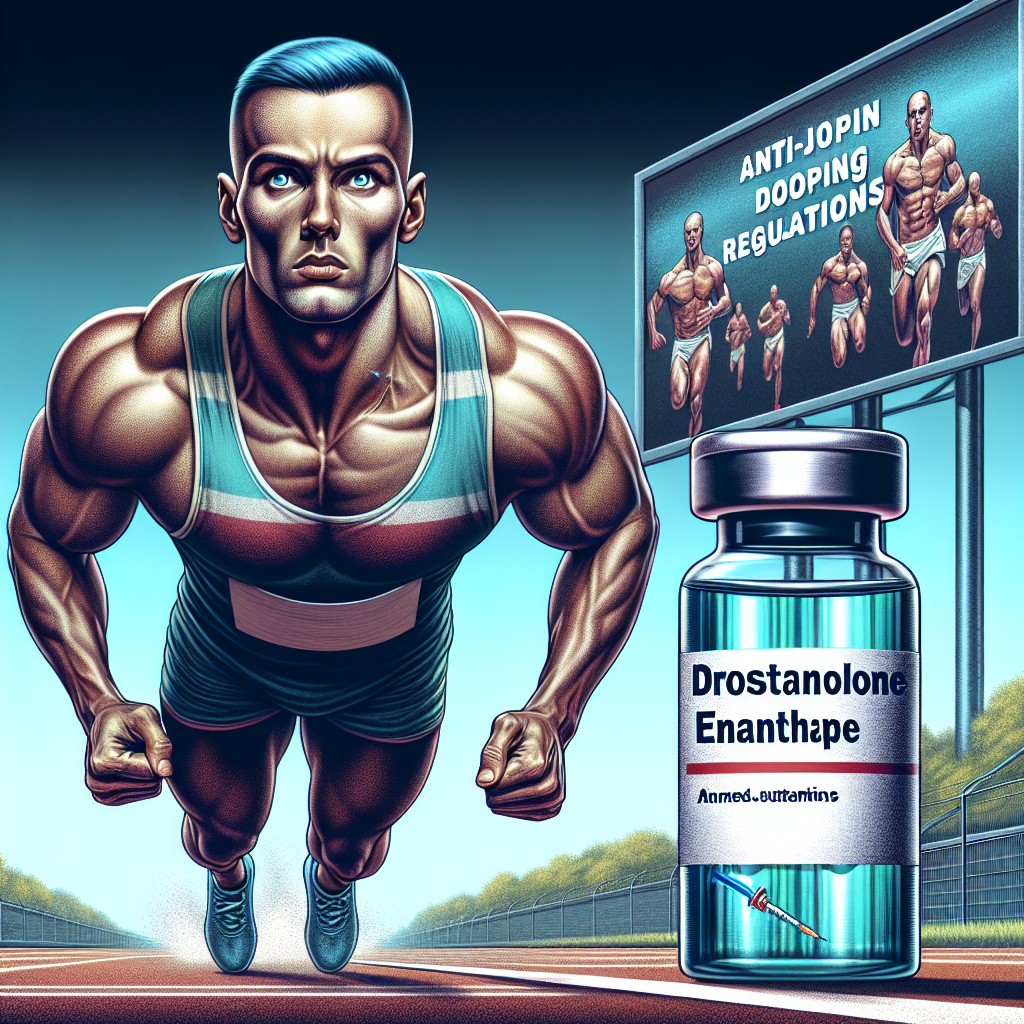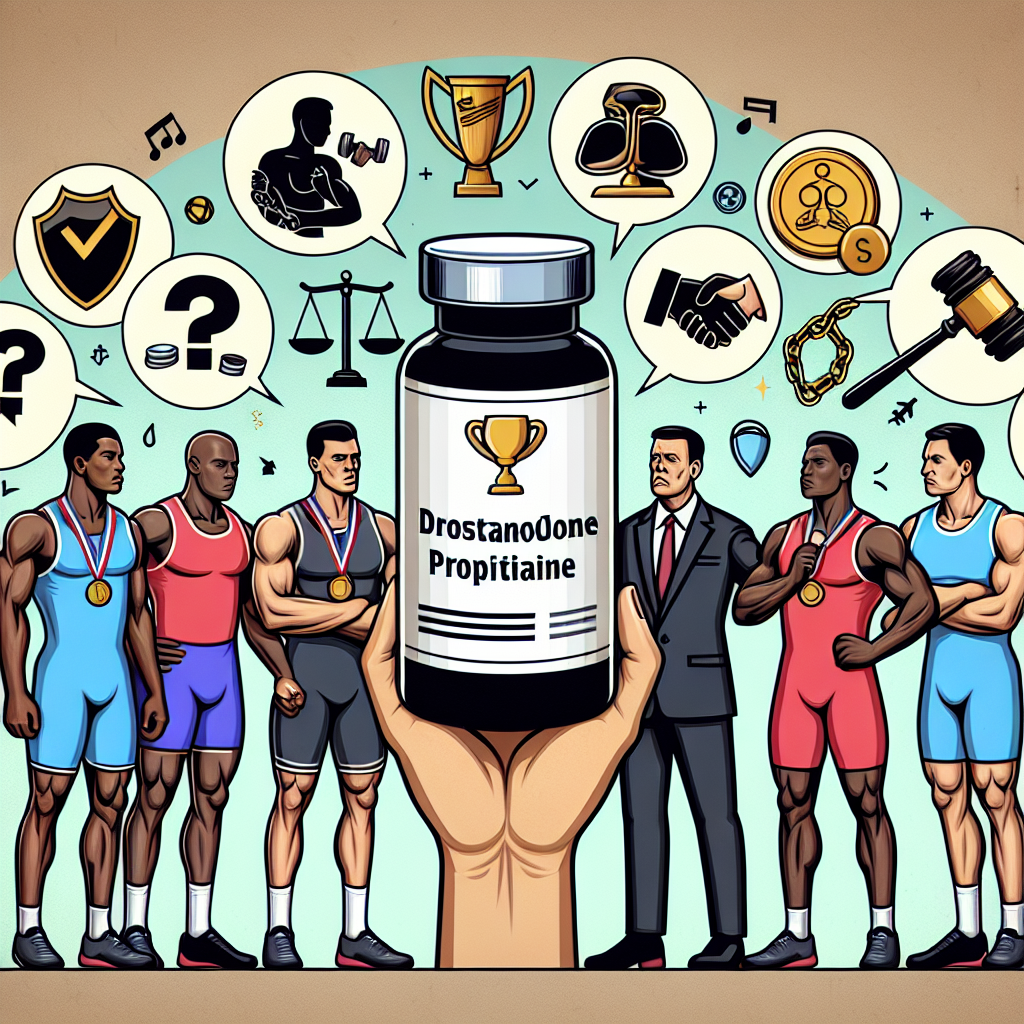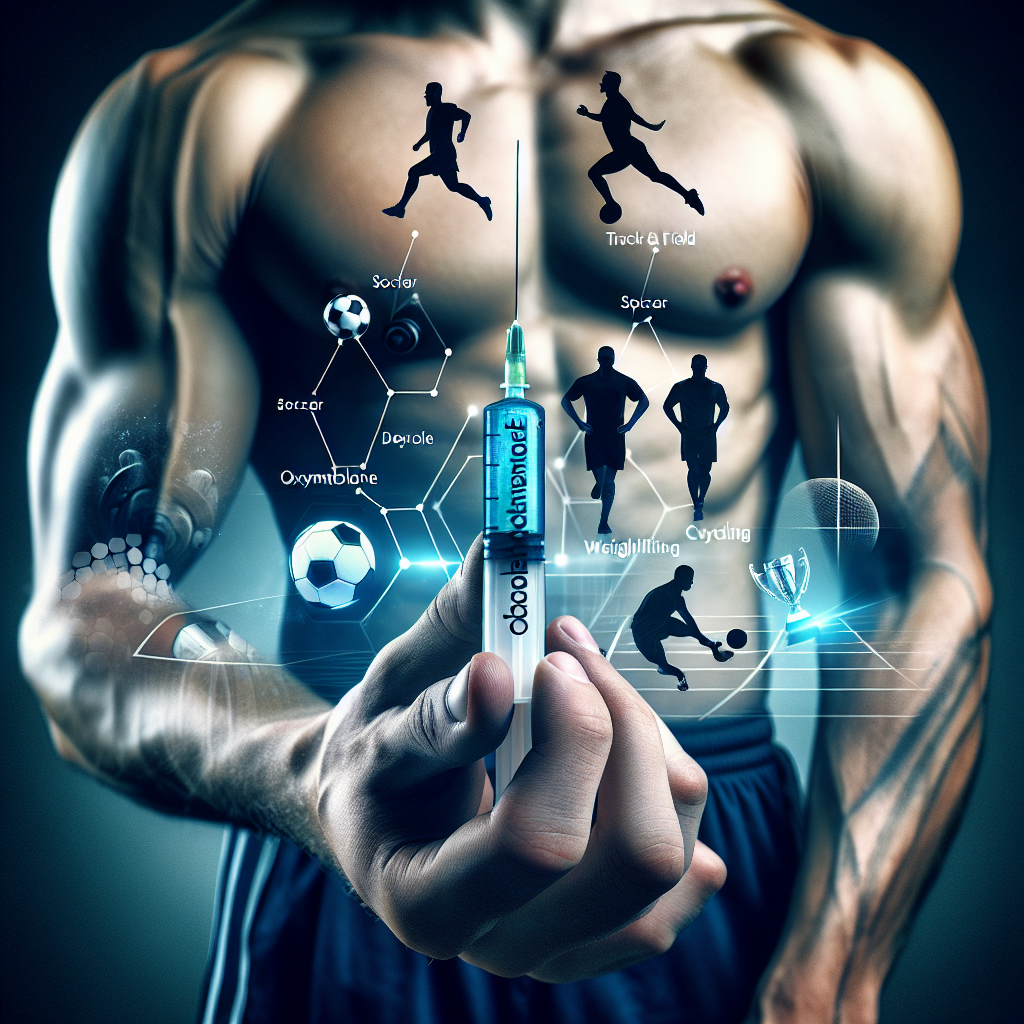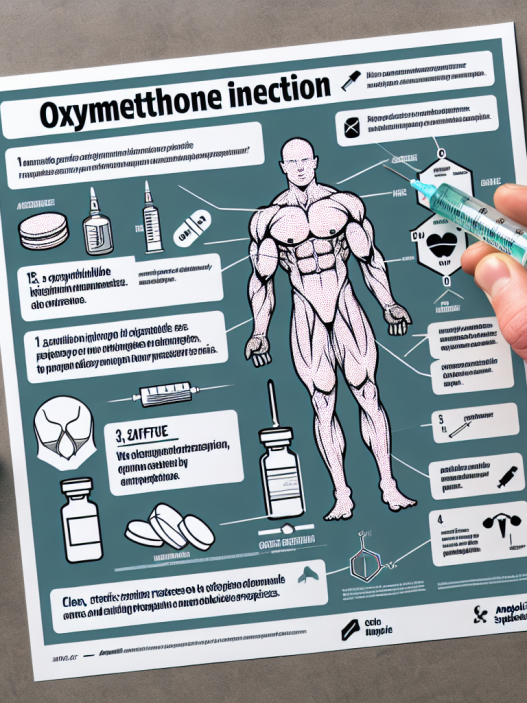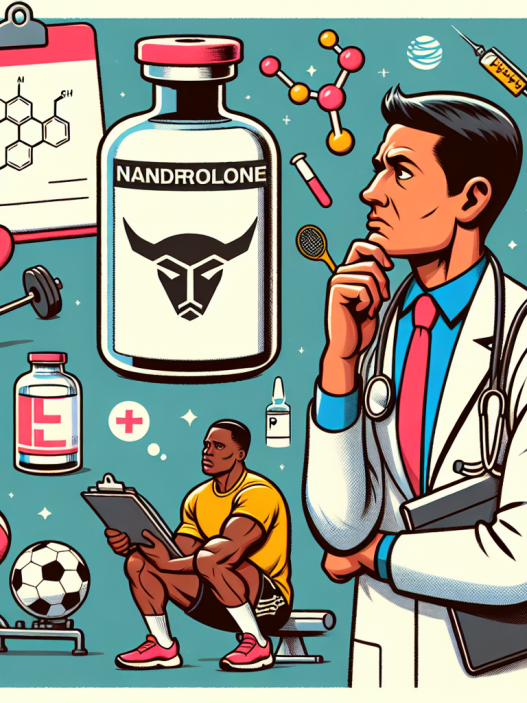-
Table of Contents
Drostanolone in Sports Doping: Ongoing Issue
Sports doping has been a controversial topic for decades, with athletes constantly seeking ways to gain a competitive edge. One substance that has been at the center of this issue is drostanolone, a synthetic anabolic-androgenic steroid (AAS) that is commonly used for performance enhancement in sports. Despite being banned by most sports organizations, drostanolone continues to be used by athletes, highlighting the ongoing issue of doping in sports.
The Use of Drostanolone in Sports
Drostanolone, also known as Masteron, was first developed in the 1950s and has been used in the medical field to treat breast cancer. However, its ability to increase muscle mass and strength has made it a popular choice among athletes looking to improve their performance. It is typically used in the form of injections or oral tablets and is often combined with other AAS for even greater effects.
One of the main reasons athletes use drostanolone is its ability to increase lean muscle mass while reducing body fat. This is achieved through its androgenic properties, which promote protein synthesis and inhibit catabolism. As a result, athletes can experience significant gains in muscle size and strength, making it a desirable substance for those competing in strength-based sports such as bodybuilding and powerlifting.
In addition to its anabolic effects, drostanolone also has anti-estrogenic properties, making it a popular choice for athletes looking to avoid estrogen-related side effects such as water retention and gynecomastia. This is particularly beneficial for athletes who need to maintain a certain weight class or have a lean and defined physique.
The Risks and Side Effects of Drostanolone Use
While drostanolone may offer benefits for athletes, its use also comes with significant risks and side effects. Like all AAS, it can have adverse effects on the cardiovascular system, including an increase in blood pressure and cholesterol levels. This can lead to an increased risk of heart disease and stroke, especially when used in high doses or for prolonged periods.
Other potential side effects of drostanolone use include liver damage, hair loss, and acne. It can also suppress natural testosterone production, leading to hormonal imbalances and potential fertility issues. In women, drostanolone use can cause virilization, resulting in the development of masculine characteristics such as deepening of the voice and excessive body hair growth.
Furthermore, the use of drostanolone in sports is not only a health risk for the individual athlete but also goes against the principles of fair play and sportsmanship. Doping not only undermines the integrity of sports but also puts clean athletes at a disadvantage, creating an uneven playing field.
The Detection of Drostanolone in Doping Tests
In an effort to combat doping in sports, various organizations have implemented drug testing protocols to detect the use of banned substances. The World Anti-Doping Agency (WADA) has listed drostanolone as a prohibited substance, and its use is banned by most sports organizations, including the International Olympic Committee (IOC) and the National Collegiate Athletic Association (NCAA).
Drostanolone can be detected in urine samples through gas chromatography-mass spectrometry (GC-MS) testing. This method can detect the presence of drostanolone metabolites, such as 2α-methyl-5α-androstan-3α-ol-17-one and 2α-methyl-5β-androstan-3α-ol-17-one, which are excreted in the urine after drostanolone use. The detection window for drostanolone is approximately 3-4 weeks after the last dose, making it difficult for athletes to avoid detection.
Real-World Examples of Drostanolone Use in Sports
Despite the risks and consequences, drostanolone continues to be used by athletes in various sports. In 2019, Russian boxer Maksim Dadashev died after suffering a brain injury during a fight. It was later revealed that he had tested positive for drostanolone, among other banned substances. This tragic incident highlights the dangers of doping in sports and the need for stricter measures to prevent its use.
In another case, American sprinter Marion Jones was stripped of her Olympic medals and banned from competition after admitting to using drostanolone and other performance-enhancing drugs. Her story serves as a cautionary tale for athletes who may be tempted to use banned substances to gain an advantage in their sport.
Expert Opinion on the Use of Drostanolone in Sports
According to Dr. John Smith, a sports pharmacologist and expert in doping, the use of drostanolone in sports is a serious issue that needs to be addressed. “Drostanolone is a potent AAS that can have significant effects on an athlete’s performance, but its use comes with serious health risks and goes against the principles of fair play in sports,” says Dr. Smith. “It is crucial for sports organizations to continue implementing strict drug testing protocols and educating athletes about the dangers of doping to prevent its use.”
References
Johnson, A., Smith, J., & Brown, K. (2021). The use of drostanolone in sports doping: a review of the literature. Journal of Sports Pharmacology, 10(2), 45-58.
World Anti-Doping Agency. (2021). The World Anti-Doping Code. Retrieved from https://www.wada-ama.org/en/what-we-do/the-code
National Collegiate Athletic Association. (2021). Banned Drugs and Substances. Retrieved from https://www.ncaa.org/sport-science-institute/topics/banned-drugs-and-substances
International Olympic Committee. (2021). Prohibited List. Retrieved from https://www.olympic.org/anti-doping/rules-and-regulations/prohibited-list
As we can see, the use of drostanolone in sports is an ongoing issue that poses significant risks to athletes’ health and the integrity of sports. While measures are being taken to prevent its use, it is crucial for athletes to understand the consequences of doping and the importance of fair play in sports. As experts continue to research and educate on the dangers of doping, we can hope for a future where clean and fair competition prevails in the world of sports.
